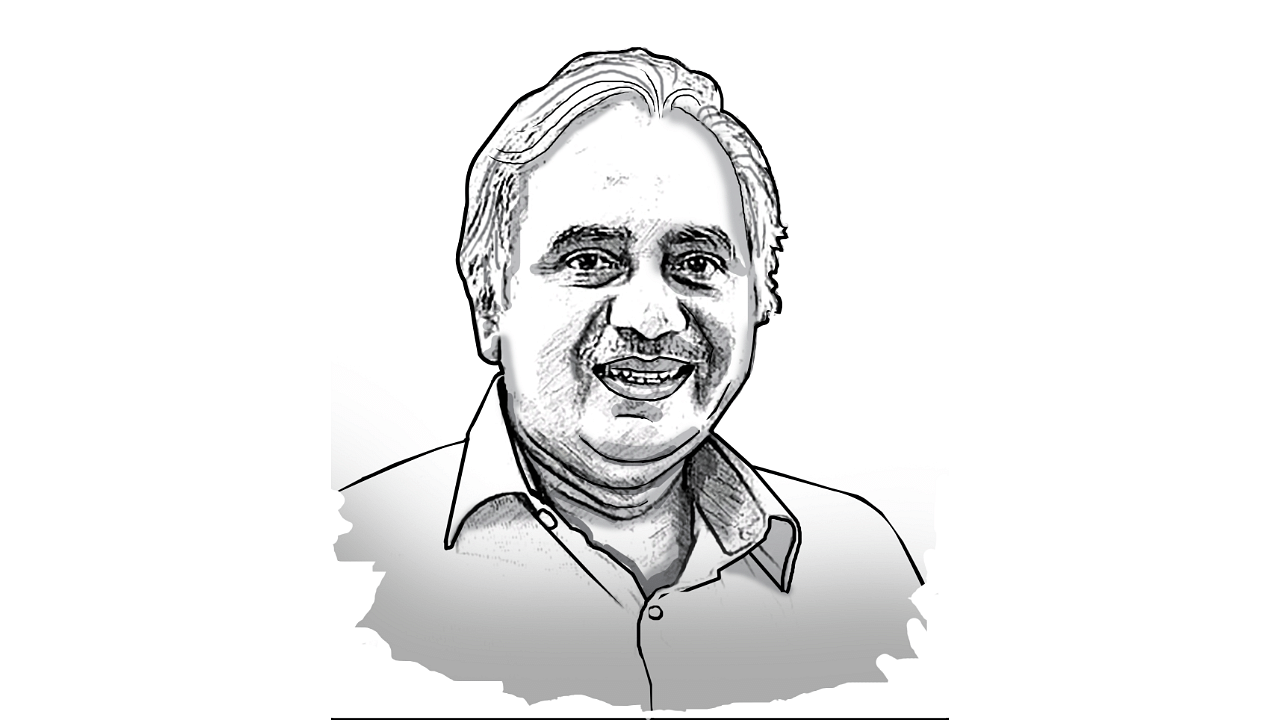
Seshadri Chari reads between the lines on big national and international developments from his vantage point in the BJP and the RSS.
When India took charge of the G-20 presidency in Bali nearly a year ago, the Russia-Ukraine war was raging, food and energy prices were rising, and the global economy was struggling to emerge from the pandemic’s effects. In his remarks at the closing session of the G-20 in Bali, Prime Minister Narendra Modi promised, “Over the next one year, we will strive to ensure that the G-20 acts as a global prime mover to envision new ideas and accelerate collective action.”
Ten months down the line, the Russia-Ukraine war -- and its effects -- continues to rage. At the G-20 summit in New Delhi next week, it is unlikely that the West and Russia-China will arrive at a consensus over the conflict. But that’s not India’s fault or failure.
Rather, in these 10 months, India has infused new dynamism into what was otherwise a staid government-to-government talk-shop, making it a people-centric ideas forum for a better world. It is incumbent upon G-20 members to arrive at a consensus in New Delhi on as many global issues as possible, even if they have to leave a few contentious ones for another day.
It is clear that Russian President Vladimir Putin will not attend the G-20 summit in New Delhi, just as he did not attend the BRICS summit in South Africa. Again, there isn’t much India can do about it.
But in the case of China, the Modi government made efforts to ensure that President Xi attends the G-20 summit. Modi sought to prepare the ground for this even before the BRICS summit, with the 19th round of the India-China Corps Commander Level Meeting over the continuing Ladakh military stand-off in mid-August, and during the BRICS summit, too. India has been genuine in its approach to offer the New Delhi summit of G-20 as a platform for member-countries to converge on a common agenda. Unfortunately, Beijing seems to have a different agenda. President Xi, too, it seems, has decided not to attend the G-20 summit in Delhi. The indications were there at Johannesburg itself.
A week ahead of the G-20 summit, Beijing has published a ‘standard map’ showing Arunachal Pradesh and Aksai Chin as part of its territory. This is not the first time that China has published such maps, nor is it the first time that Beijing has declared its intent to play spoilsport ahead of a major summit, bilateral or multilateral.
In 1979, the then Indian Foreign Minister Atal Bihari Vajpayee visited Beijing to normalise relations. On the last leg of the visit, even as India was preparing a set of commonly agreeable bilateral programmes, President Deng Xiaoping mounted a military attack on Vietnam. Vajpayee had to hurriedly cut short his visit, ending the process of normalisation.
In 2013, Chinese Premier Li Keqiang visited New Delhi with a long wish list, including a common India-China approach on Afghanistan. Just as he landed in India, the People’s Liberation Army (PLA) carried out attacks in Ladakh, intruding 19 km into Indian territory in a stand-off that lasted three weeks.
In 2014, when President Xi was in India, the PLA again intruded into Indian territory. Prime Minister Modi raised the issue, and Xi promised to have the matter investigated. Upon his return, he is reported to have told PLA commanders that “all PLA forces should follow his instructions” and that the military must display “absolute loyalty and firm faith in the Communist Party.”
Yet, in 2017, too, the Xi-Modi meeting at Xiamen, on the sidelines of the BRICS summit in China, was preceded by the Doklam stand-off, which the Chinese tamped down temporarily to ensure that PM Modi attended the summit. Modi did, and he even met Xi bilaterally. Yet, months later, the Chinese were back to doing exactly as they wanted in Doklam.
This time, with just a week to go before the G-20 summit, Beijing has once again vitiated the atmosphere with its cartographic aggression. It is apparent that Beijing wants India to be bogged down with border issues while China goes about conducting its foreign policy without hindrance. China wants the Indian presidency of the G-20 to fail. Delhi must not play into Beijing’s hands. It has the support of not only the G-20 members but also of much of the Global South, which looks up to India for leadership. It is China that finds itself increasingly isolated.
